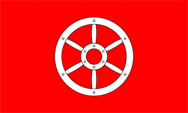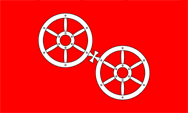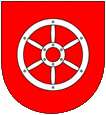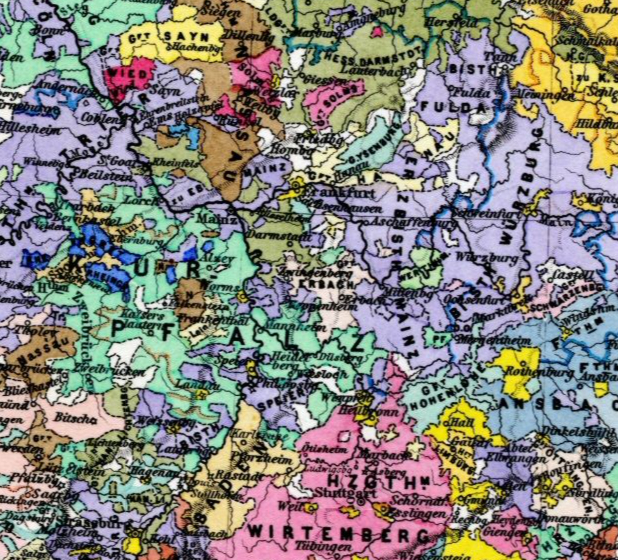mobile View, to the German Version tap the flag
![]()









Ancient · settlement by Celtic tribes, and later by Germans from the tribe of the Treverians
58–51 B.C. · the region becomes conquered by Roman troops and comes to the province of Germania Superior (Roman Empire)
12 B.C. · foundation of the legion camp "Mogontiacum" by Drusus
89 A.D. · Mogontiacum is the capital of the province Germania Superior
346 · Mogontiacum is seat of a bishop
408 · Mogontiacum is conquered by the Vandals, Alans and Swabians and looted, the Roman history ends
782 · Mainz becomes levied to an Archbishopric (also called the archdiocese, seat of an archbishop, the first diocese in the province of a Catholic church, where the archbishop resides)
965 · the Archbishop of Mainz becomes Archchancellor and Elector (right to elect the German king)
from 11th century · aevelopment of a for independence striving civil community
1244 · Mainz becomes a "free city", i.e. the rule of the princes is terminated and the city is subordinated only and directly to the German king
1462 · End of the "free city", Mainz becomes the electoral residence
1792 · French troops occupy Mainz, the archbishop fled the city
1793 · founding of the Republic of Mainz under French sovereignty
July 1793 · siege and conquest by Prussian troops
1797 · French troops occupy Mainz again
1803 · the German Mediatisation (Reichsdeputationshauptschluss) ends the Electorate of Mainz, but the elector remains Archchancellor and went to Regensburg
1806 · end of the Holy Roman Empire of German Nation under the pressure of Napoléon, the emperor resigns, the elector exempts hisself from his imperial duties and becomes prince-primate of the Rhine Confederation, irrevocable end of the Electorate of Mainz, the region is annexed by France, "Mayence" becomes the capital of a French department
1815 · Congress of Vienna, reorganization of Europe after the Napoleonic era, Mainz comes to the Grand Duchy of Hesse(-Darmstadt)
1821 · re-erection of the diocese of Mainz, but without territorial sovereignty
1866 · Fratricidal War of Prussia against Austria, Hesse-Darmstadt and Hesse-Kassel are on the side of Austria and defeat, Hesse-Darmstadt has to cede the cities of Mainz and Worms to Prussia
30th of August in 1947 · foundation of the Country of Rhineland-Palatinate by decision of the Allies, from territories of the south of the Prussian Rhine Province, to date Bavarian Palatinate, and western of the River Rhine placed regions of Hesse (Rheinhessen)
1950 · Mainz becomes the capital of Rhineland-Palatinate
Source:
Wikipedia (D),
Atlas zur Geschichte,
Discovery '97,
World Statesmen
![]()